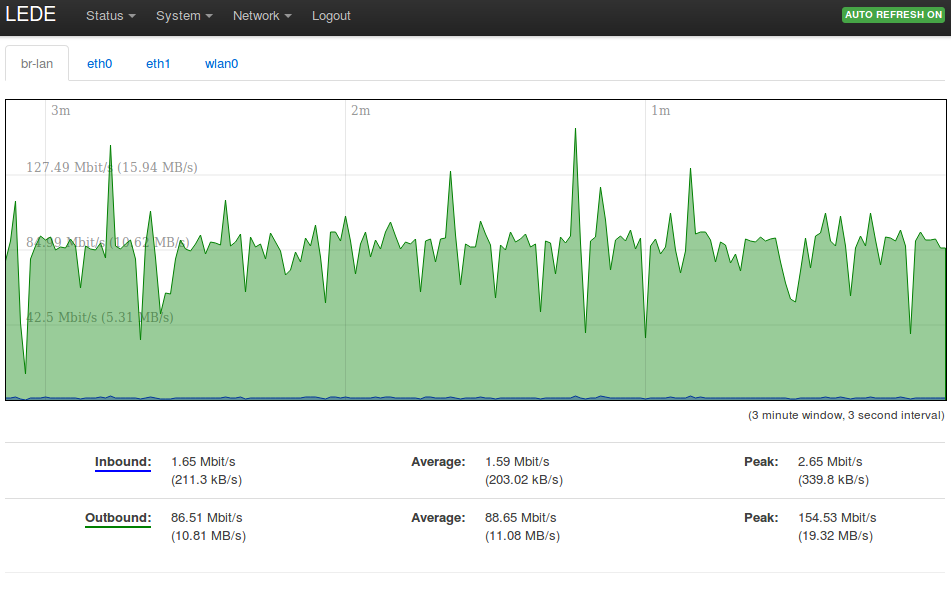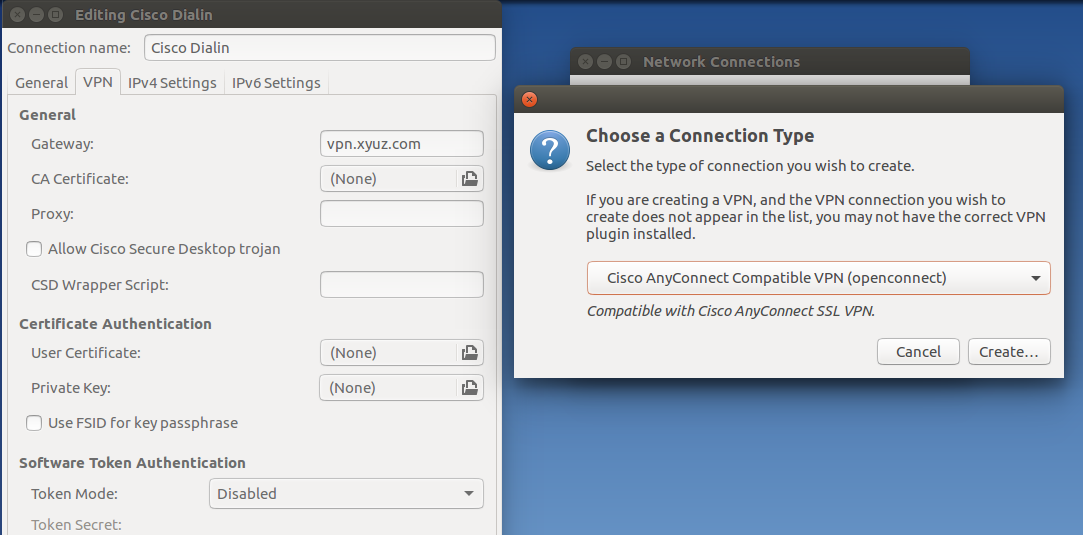 After some years it was time again to invest in new Wifi Access Point hardware for an upcoming event and as a replacement for pretty much outdated Wifi equipment that has become the bottleneck of the network. Obviously, I wanted a Wifi router on which I could run something free and open on. After having taken a look at different options my choice fell on the Linksys 1200AC as it is said to be easily upgradable to open source router software and has good 802.11ac features for a reasonable price (€120 euros including taxes). What was a bit shocking for me was how ‘mainstream’ vendor supplied software has actually become since I last bought a Wifi access point.
After some years it was time again to invest in new Wifi Access Point hardware for an upcoming event and as a replacement for pretty much outdated Wifi equipment that has become the bottleneck of the network. Obviously, I wanted a Wifi router on which I could run something free and open on. After having taken a look at different options my choice fell on the Linksys 1200AC as it is said to be easily upgradable to open source router software and has good 802.11ac features for a reasonable price (€120 euros including taxes). What was a bit shocking for me was how ‘mainstream’ vendor supplied software has actually become since I last bought a Wifi access point.
Continue reading Running a Linksys 1200AC with Open Source Software



